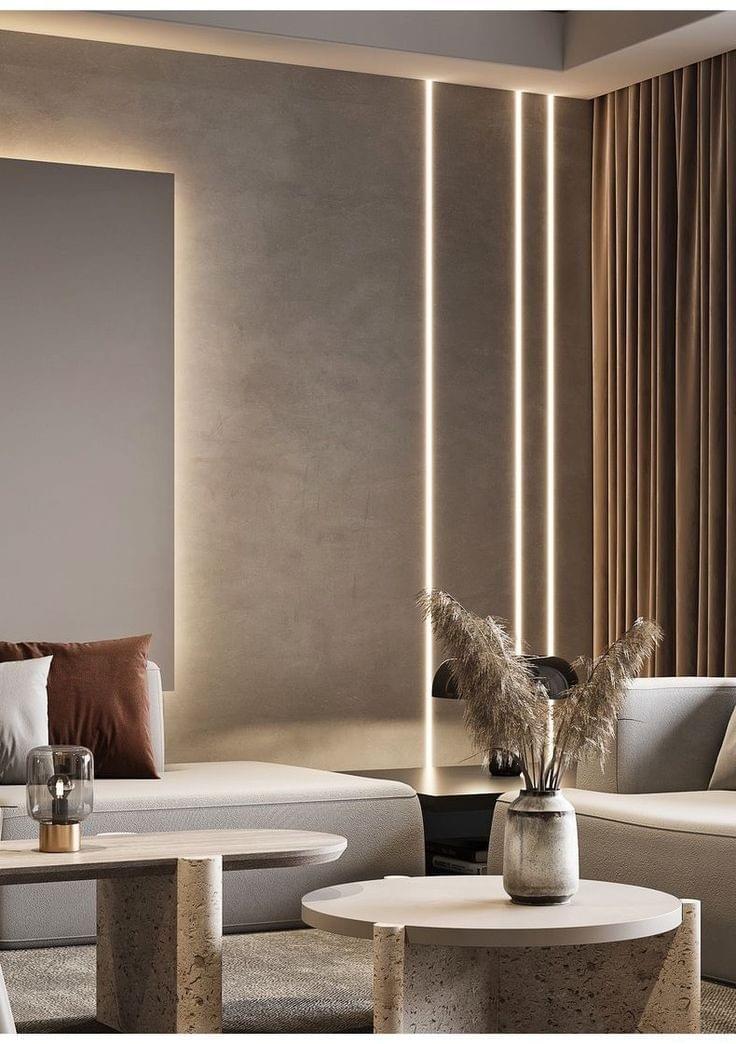When choosing LED Aluminum Channels (also known as LED Aluminum Profiles), it’s essential to compare different models to find the best fit for your specific lighting needs. Several key characteristics should be considered during this comparison: size, design, installation type, and cost.
Size: LED Aluminum Channels come in various sizes, including slim, standard, and wide profiles. The size you choose will depend on the width of the LED strip you intend to use, as well as the intensity of light you want. A wider profile can accommodate larger or multiple LED strips, resulting in more robust illumination. Conversely, a slim profile will house a narrower LED strip, offering a more subtle lighting effect.
Design: Channels also vary in design, with some offering a more sleek, modern aesthetic compared to others. Some profiles are designed to be visible and contribute to the overall look of the space, while others are intended to be discreet and hidden from view. The choice here would depend on your aesthetic preferences and the design of the space where the lighting is being installed.
Installation Type: Different channels may also cater to different types of installation – surface-mounted, recessed, or pendant. Surface-mounted profiles are installed directly onto a surface, while recessed profiles are installed into a surface, providing a flush look. Pendant profiles are designed to hang from the ceiling. The installation type would depend on the lighting application and the architectural elements of your space.
Cost: Finally, cost can vary significantly between different LED Aluminum Profiles. Factors influencing cost include the quality of materials used, the complexity of the design, and any additional features the profile may offer. While it might be tempting to opt for the cheapest option, it’s important to consider all other factors to ensure you’re getting a product that offers good value for money.
When comparing LED Aluminum Channels, it’s essential to keep in mind the specific requirements of your lighting project. By understanding these key characteristics and how they impact the performance and aesthetic of your LED lighting, you can make an informed decision and select the best profile for your needs.


